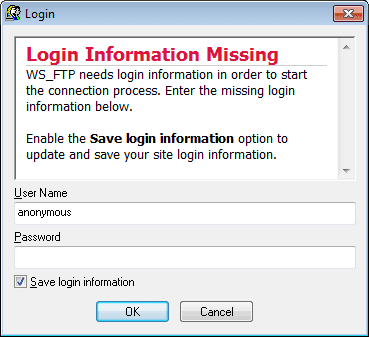
- #CISCO IOS COPY LOG TFTP INSTALL#
- #CISCO IOS COPY LOG TFTP ARCHIVE#
- #CISCO IOS COPY LOG TFTP UPGRADE#
- #CISCO IOS COPY LOG TFTP SOFTWARE#
- #CISCO IOS COPY LOG TFTP CODE#
The problem is the default name is "Microsoft Exchange", which is already used by the default self-signed certificate so you have 2 "Microsoft Exchange" entries in EAC Certificates. How do you assign a friendly name when making an SSL cert request with EMS? Collaboration.While it wasn't Microsoft's first operating system based on a graphical user interface, it did represent the biggest step awa. Snap! Hikvision cameras, Brian Kernighan, ETHERLED, the moon, Mars, & Gamescom Spiceworks Originalsīelieve it or not, 27 years ago on August 24, 1995, Microsoft released Windows 95.

Both docks have 2 external monitors and all was working well, i.e. Laptop is used with two different docks, one at office and one at home (different models). Hi:A Latitude 5520 "all of a sudden" stopped detecting the 2nd external monitor.
#CISCO IOS COPY LOG TFTP ARCHIVE#
It can be easily solved using the command archive copy-sw /force-reload /overwrite /dest 2 1 as suggested by the local log. Note that if you don’t upgrade the IOS on every switch, you will have a version mismatch. Switch(config)#boot system switch all flash:/ We have to do this, because otherwise the old version of IOS would be loaded. The next step is to configure the switch to load the new version of IOS. For example there are two switches in the stack:

#CISCO IOS COPY LOG TFTP CODE#
The new code revision will come up and start running as planned on all the switches in the stack.Ĭopy the bin image to the flash of each switch. Use the reload command at the prompt and confirm to begin reloading. Using show boot command, you can verify if the new image is now the image in the BOOT path-list that will load at the next switch reload.

#CISCO IOS COPY LOG TFTP SOFTWARE#
In the end you will obtain an output: “ All software images installed.” Installation will be done as many times as there are switches in the stack. Switch#archive download-sw /leave-old-sw Then we execute the command archive download-sw /leave-old-sw.
#CISCO IOS COPY LOG TFTP UPGRADE#
There are number of options, but in this particular case we are interested in upgrade the IOS via FTP, so we need to create an username and password by using the ip ftp username and ip ftp password. upgrade-ucode Upgrade UCODE after successful sw upgrade (no reload) safe Always load before deleting old version reload Reload system (if no unsaved config changes) after successful sw upgrade overwrite OK to overwrite an existing image
#CISCO IOS COPY LOG TFTP INSTALL#
no-version-check skip version check that prevents incompatible image install no-set-boot Don't set BOOT - leave existing boot config alone leave-old-sw Leave old sw installed after successful sw upgrade force-ucode-reload Upgrade UCODE after successful sw upgrade and before an unconditional reload force-reload Unconditionally reload system after successful sw upgrade directory Specify a directory for images allow-feature-upgrade Allow installation of image with different feature sets

Issue the show flash: command mentioned above to verify the amount of free memory – it must be sufficient to upgrade. It is the only needed file if you want to manage switches or cluster of switches through a web interface. The TAR file is an archive file from which you can extract both the IOS image and the CMS files during the upgrade process. We can disinguish two main methods to upgrade the IOS: We can also send the file to the other side for backup in the following way:Ģ137 bytes copied in 0.07 secs (22000 bytes/sec)Ħ4317364 bytes total (53027856 bytes free) We can verify that the newer version of IOS is being used. Switch(config)#boot system įinally, we have to save the configuration using the write memory command and restart the device using the reboot command. The last step is to configure the switch to load the new version of IOS. Source filename ? ĭestination filename ?ġ3013140 bytes copied in 11.04 secs ( 1183012 bytes/sec)


 0 kommentar(er)
0 kommentar(er)
